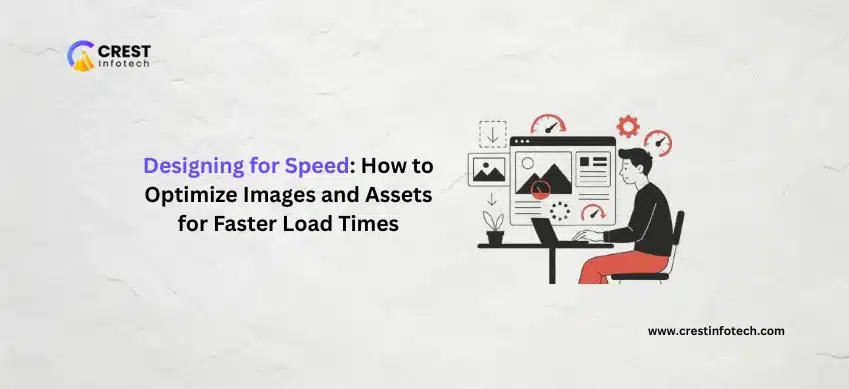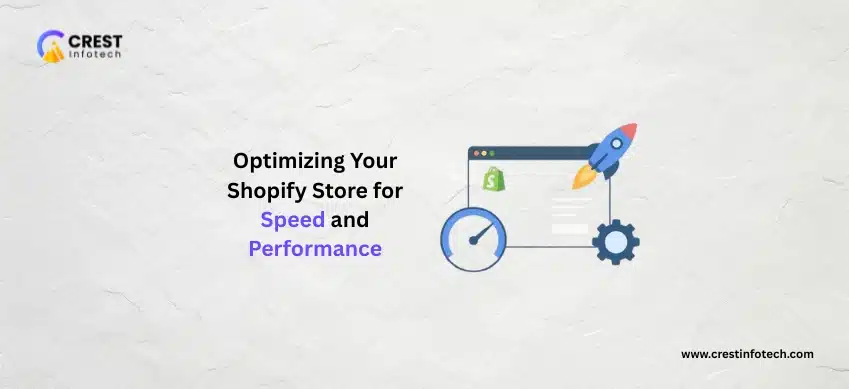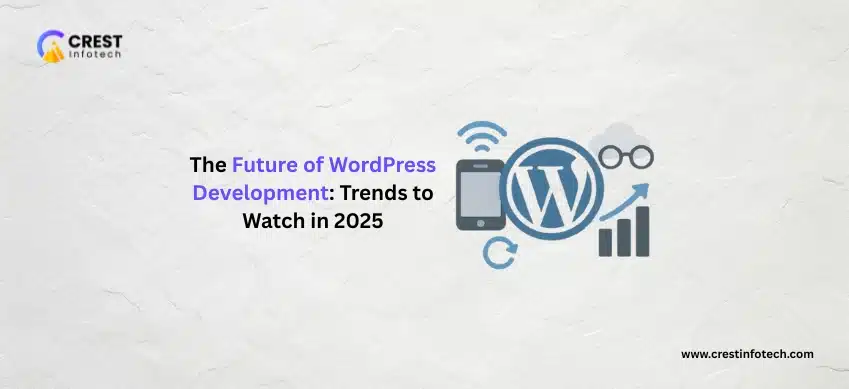A fast-loading website isn’t just a nice-to-have — it’s essential. Speed impacts user experience, SEO rankings, bounce rates, and conversions. One of the biggest culprits behind slow load times? Unoptimized images and assets.
Let’s walk through how to properly optimize these elements for performance without compromising design quality.
1. Choose the Right File Format
Selecting the correct image format makes a huge difference in file size and quality.
- JPEG: Best for photos and detailed images with gradients
- PNG: Use for transparent backgrounds or sharp graphics
- WebP: Modern format that offers high compression and quality
- SVG: Ideal for icons, logos, and vector graphics
2. Compress Images Without Losing Quality
Image compression reduces file size while preserving visual integrity.
- Use tools like TinyPNG, ImageOptim, or Squoosh
- Apply lossy or lossless compression depending on your needs
- Integrate image optimization plugins like ShortPixel or Smush for WordPress
- Enable automatic compression during upload
“Compressed images load faster and use less bandwidth — a win for both users and SEO.”
3. Use Responsive Image Techniques
Serve the right image size based on the user’s device and screen resolution.
- Use the
srcsetattribute: Automatically selects the best image size - Define image sizes in CSS or HTML: Prevent layout shifts and cumulative layout shift (CLS)
- Crop and resize images to actual display size: Avoid loading oversized images
4. Implement Lazy Loading
Lazy loading defers the loading of images and videos until they’re needed.
- Speeds up initial page load, especially on content-heavy pages
- Use the
loading="lazy"attribute in image tags - Plugins like WP Rocket and Lazy Load by WP can handle this automatically
5. Minimize and Combine Other Assets
Images aren’t the only assets to optimize — CSS, JavaScript, and fonts also matter.
- Minify CSS/JS: Remove whitespace, comments, and unnecessary code
- Combine files: Fewer requests = faster loading (unless using HTTP/2)
- Use asynchronous loading: Prevent render-blocking scripts
- Host fonts locally or use font-display: swap
“Every kilobyte counts. Reduce, combine, and streamline for better speed.”
6. Use a Content Delivery Network (CDN)
A CDN distributes your images and assets across global servers for faster delivery.
- Reduces latency by serving content from the nearest data center
- Improves load times for international users
- Popular CDNs: Cloudflare, BunnyCDN, KeyCDN, StackPath
7. Test and Monitor Performance
Regular testing helps you catch performance bottlenecks and maintain speed.
- Use tools like Google PageSpeed Insights, GTmetrix, or Lighthouse
- Check image sizes, load order, and render time
- Track Core Web Vitals: LCP (Largest Contentful Paint), FID, CLS
- Run tests on both desktop and mobile devices
“Optimization is never ‘one and done.’ Continuous improvement is key.”
Final Thoughts
A fast-loading site improves user experience, boosts SEO, and keeps visitors engaged. By optimizing your images, minimizing assets, and using tools like lazy loading and CDNs, you create a high-performance website that looks great — and loads even better.
Design for speed from the start, and you’ll reap the rewards in rankings, revenue, and retention.



